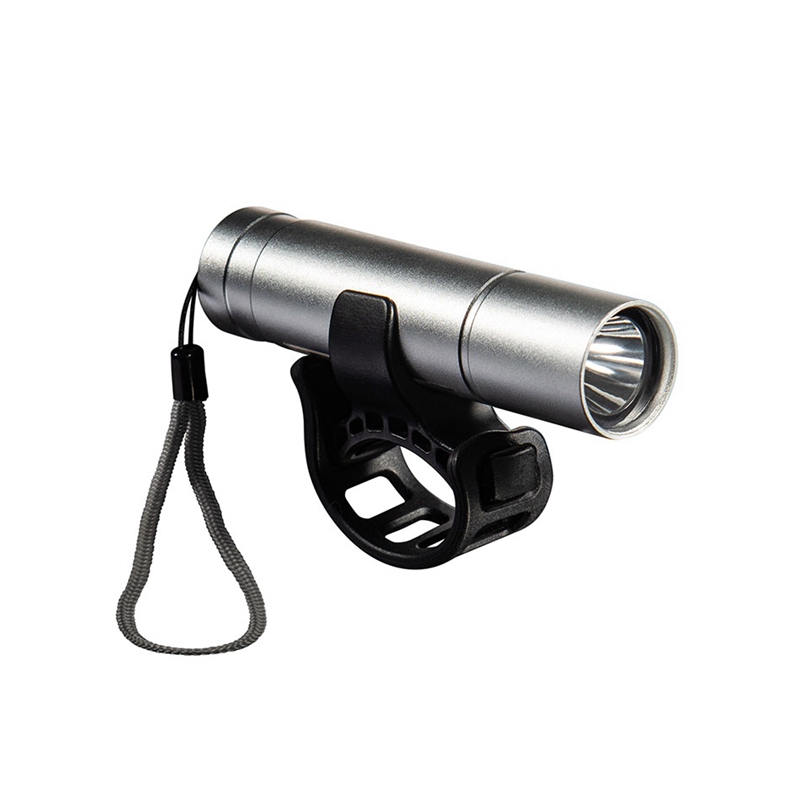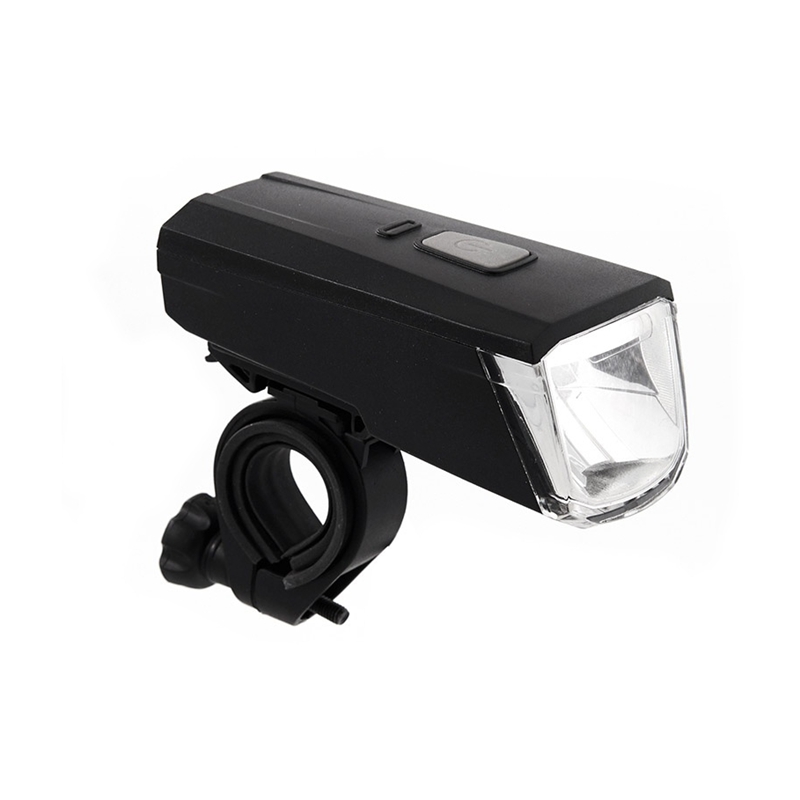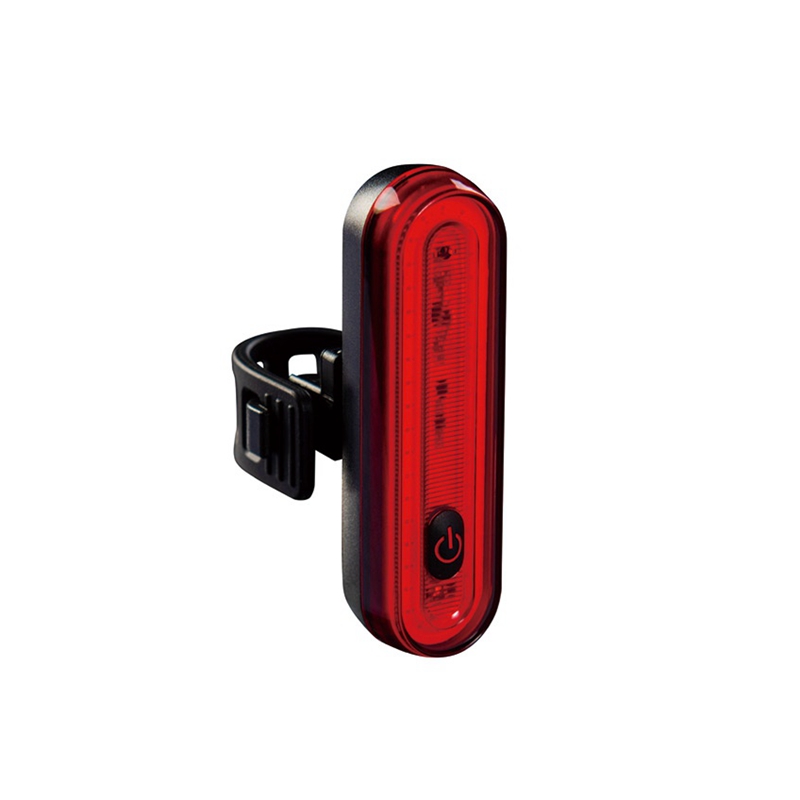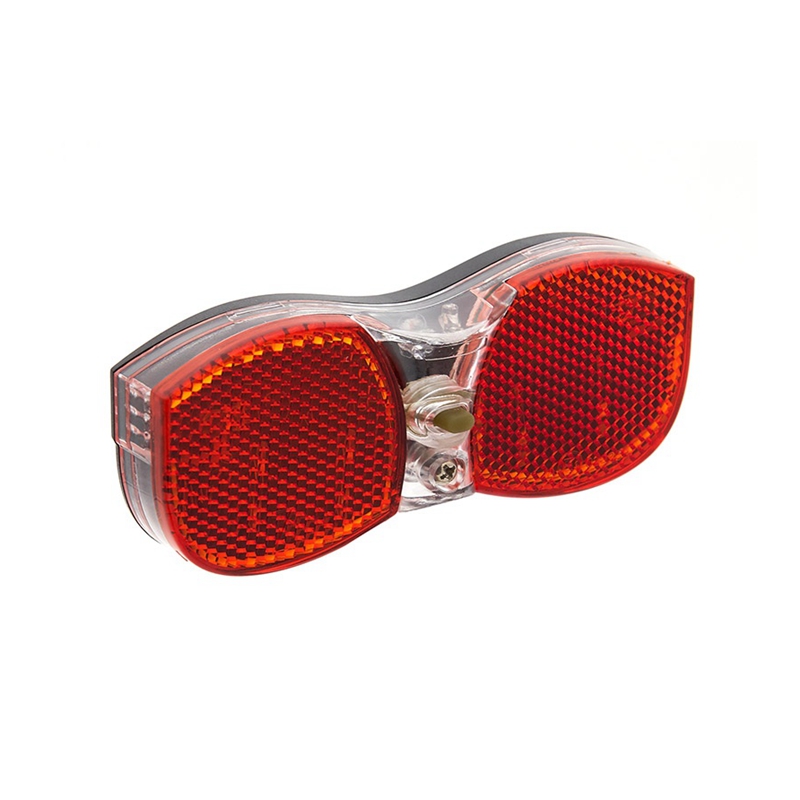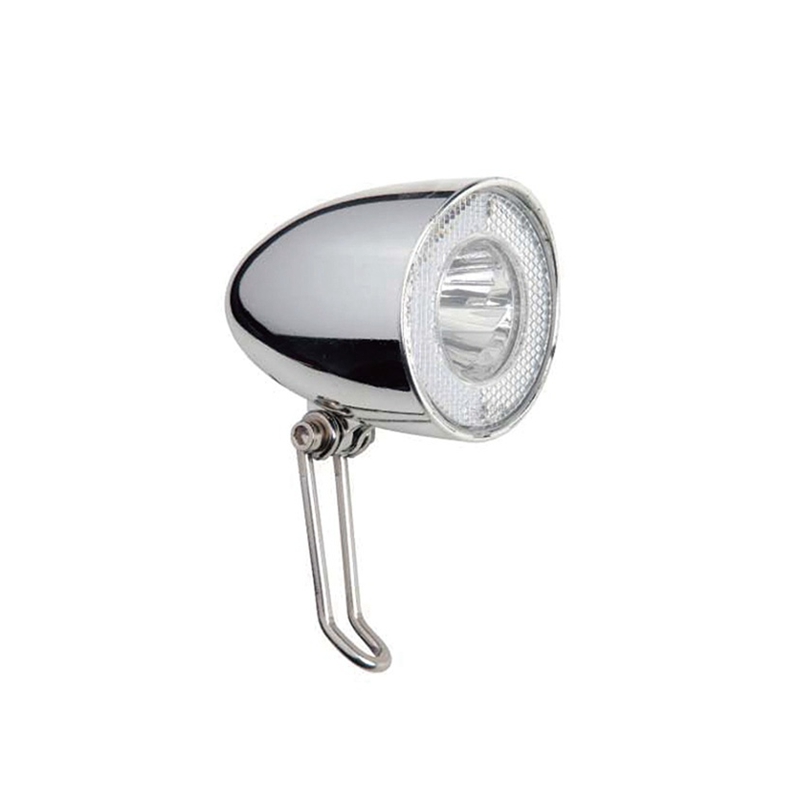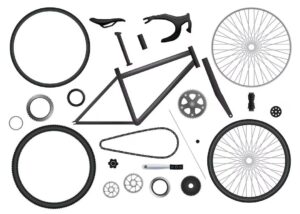Ever found yourself squinting into the dark, wondering if your bike light is really up to the task? It’s a common concern, especially as the days grow shorter and the nights longer. You might be asking, “What Lumen bike light do I need to stay safe out there?” Whether you’re cruising through city streets or tackling remote trails, having the right bike light can make all the difference. Let’s dive into what you need to know to ensure your rides are well-lit and secure.

What Lights Do You Need on a Bike?
When it comes to bike lights, it’s not just about front and rear illumination. A comprehensive setup often includes multiple lights that cater to different aspects of visibility and safety.
Front Light
The front light is a crucial part of your bike’s lighting system, designed to illuminate the road ahead and make you visible to others. Made from durable materials like aluminum or high-grade plastic, it’s built to withstand weather conditions and impact. The main function of the front light is to provide a clear view of the path in front of you, ensuring safe navigation in low-light situations. It’s typically installed on the handlebars, directly facing forward, using a clamp or mount for a secure fit.
How Many Lumens Should a Front Bike Light Have?
The number of lumens you need for a front bike light largely depends on where you’ll be riding. For urban cycling with streetlights, 100-200 lumens might suffice. तथापि, if you venture into darker roads or trails, consider lights with 500 lumens or more. For serious off-road enthusiasts, lights exceeding 1,000 lumens are recommended to ensure a clear view of the terrain.
Rear Light
The rear light is a key safety feature on your bike, designed to ensure you’re visible from behind. It’s usually made from tough materials like plastic or aluminum to withstand outdoor conditions. The primary function of the rear light is to alert drivers and other cyclists to your presence, especially in low-light or nighttime conditions. It’s typically installed on the seat post or rear rack, facing directly backward, and is secured with a clamp or bracket for stability.
How Many Lumens Should a Rear Bike Light Be?
A rear light doesn’t need to be as bright as the front light, but it should be visible from a distance. Typically, rear lights range from 20 को 100 लुमेन्स. For city commuting, 20-50 lumens is usually adequate, but if you’re cycling on country roads or in low-visibility conditions, opting for a rear light closer to 100 lumens will enhance your safety.
Side Lights (Optional but Recommended)
Side lights enhance your visibility from all angles, making them a valuable addition to your bike’s lighting setup. While not always required, they provide extra safety by illuminating the sides of your bike and helping drivers and other cyclists see you at intersections or when crossing lanes. These lights are usually made from lightweight, durable materials like plastic and are designed to be weather-resistant. They are typically mounted on the bike’s frame or spokes, often using clips or adhesive strips for easy installation.
What Is the Brightest Front Bike Light?
For those who need maximum visibility, the brightest front bike lights on the market can offer upwards of 2,000 लुमेन्स. These lights are typically used for extreme conditions, such as mountain biking at night or in areas with no ambient light. तथापि, be mindful of blinding other road users, and consider using these high-powered lights in low or adjustable modes when on well-lit streets.
Helmet Lights (वैकल्पिक)
Helmet lights offer an additional layer of visibility and control, as they follow the direction of your gaze. This makes them particularly useful in situations where you need to see around corners or in areas where your front light might not reach. Helmet lights are generally lightweight to avoid adding strain, and they’re often made from impact-resistant materials like reinforced plastic. Their primary function is to supplement your bike’s main lights, enhancing visibility in dark or complex environments. Installation involves attaching the light to your helmet using straps or adhesive mounts.
Are Helmet Lights Worth It?
हाँ, helmet lights are worth it, particularly for cyclists who frequently ride in challenging conditions. They are especially beneficial for mountain bikers, commuters who ride in poorly lit areas, and those who need additional lighting to see around corners. While not essential for every rider, they offer a significant safety advantage for those who need extra illumination and flexibility.
How Many Lumens Do I Need for a Helmet Light?
Helmet lights don’t need to be as powerful as your main front light. A light with 200-500 lumens is generally sufficient, providing ample illumination without adding too much weight to your helmet.
Head Lights (वैकल्पिक)
Head lights, also known as head-mounted lights, are designed to illuminate your field of vision, providing focused light wherever you look. Unlike front bike lights, which are fixed to the handlebars, head lights are worn on the rider’s head, typically using an adjustable strap for a secure fit. They are made from lightweight, durable materials to ensure comfort and resilience. The main function of head lights is to enhance visibility in dark conditions and to provide additional lighting for detailed tasks, such as navigating trails or reading maps. They are especially useful for cyclists who need a hands-free light source.
What Is the Best Bicycle Headlight?
When choosing the best bicycle headlight, focus on the following key features:
- Brightness and Lumen Output: Look for a headlight with sufficient brightness for your riding conditions. A light output between 500 और 1,000 lumens is generally suitable for most night riding, with higher outputs needed for dark trails or off-road conditions.
- बैटरी की आयु: Opt for a headlight with a long-lasting battery to ensure it can support your rides without frequent recharges. Consider models with multiple brightness settings to extend battery life.
- सहनशीलता: Choose a headlight made from robust, weather-resistant materials to withstand outdoor conditions and impacts. Ensure it is rated as waterproof or at least water-resistant.
- Mounting System: A secure and adjustable mounting system is crucial for easy installation and stable positioning. Look for headlights that can be comfortably attached to your helmet or handlebar.
- Beam Pattern: A good headlight should provide a wide and even beam to illuminate your surroundings effectively. Some models offer adjustable beam patterns to focus light where it’s needed most.
Reflectors (In Addition to Lights)
Reflectors are crucial for enhancing your visibility when riding in low-light conditions, complementing your bike lights. Unlike active lights, reflectors work by bouncing light from other sources, such as car headlights, back towards the source. They are typically made from high-visibility materials like reflective tape or plastic.
Reflectors are strategically placed on various parts of the bike: on the wheels, पैडल, and often on the front and rear of the frame. This placement ensures that you are visible from multiple angles, increasing overall safety by alerting drivers and other road users to your presence.
What Color Reflectors for Bike Wheels?
Reflectors for bike wheels are typically white or amber. White reflectors are often placed on the front wheel, while amber ones are used on the rear. These colors are chosen because they are easily seen in the dark, helping to alert drivers to your presence.
Where Is the Best Place to Put Reflectors on a Bike?
The best place to put reflectors is on your wheels and pedals, as they move when you cycle, creating a dynamic reflection that’s hard to miss. इसके अतिरिक्त, placing reflectors on the front and rear of your bike, as well as on the sides, enhances your visibility from all angles.
लुमेन बाइक लाइट मुझे क्या चाहिए?
The right lumen bike light requires understanding your riding conditions. If you’re cycling in urban areas, a front light of 100-200 lumens and a rear light of 20-50 lumens might be enough. तथापि, for rural or off-road biking, consider front lights with 500 lumens or more, and rear lights with at least 50-100 लुमेन्स. याद करना, the goal is to see and be seen without overpowering other road users.
What Is the Best Bike Light for Night Riding?
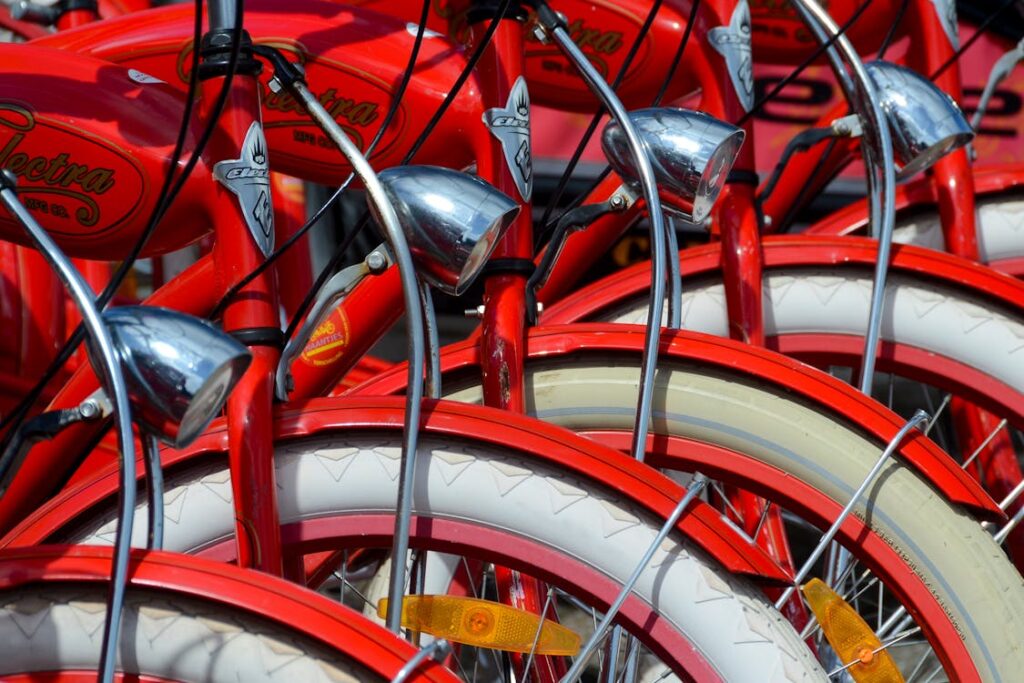
For night riding, you need a light that’s powerful enough to illuminate your path without draining the battery too quickly. Lights with 500-1,000 lumens are ideal for most night rides, providing a good balance between brightness and battery life. You may look for lights with adjustable settings, allowing you to conserve power when full brightness isn’t necessary.
If you want to know more details, welcome to read our comprehensive guide about बाइक लाइट के लिए क्या लुमेन? गाइड टू लुमेन्स & उपयोग.
What Is the Best Lights for a Bicycle? Best Bike Lights Brands Recommended

Selecting the best bike lights involves considering factors like brightness, टिकाऊपन, and additional features. Here are five top brands renowned for their high-quality bike lights:
- जल्द ही चमकें: As a custom bike light manufacturer with an excellent production process, SHINE SOON offers tailored solutions to meet specific needs. They provide services such as label printing, product development, in-depth customization, and package design. Whether you have a clear vision or need assistance brainstorming, SHINE SOON can push the boundaries to create a bike light that perfectly aligns with your preferences and specifications.
- Garmin: Known for its advanced cycling technology, Garmin offers bike lights that integrate seamlessly with its GPS systems. They provide bright, reliable illumination and long battery life, making them ideal for serious cyclists.
- Cygolite: Cygolite is praised for its innovative designs and high-performance lights. Their products feature high lumen outputs, multiple modes, and robust construction, suitable for both urban and trail riding.
- CatEye: A trusted name in cycling accessories, CatEye provides a range of bike lights that are known for their durability and effective light distribution. Their lights are reliable and offer various options for different riding needs.
- लेज़िन: Lezyne’s bike lights are recognized for their bright LEDs and long-lasting batteries. They combine sleek design with powerful performance, catering to both everyday cyclists and adventure seekers.
निष्कर्ष
The right bike light isn’t just about picking the brightest option available; it’s about finding the perfect balance for your specific needs. When you ask yourself, “लुमेन बाइक लाइट मुझे क्या चाहिए?” consider where and when you’ll be riding. The right light can transform your cycling experience, making it safer and more enjoyable. इसलिए, gear up with the proper illumination, and hit the road or trail with confidence, knowing you’re well-prepared for whatever the journey holds.

